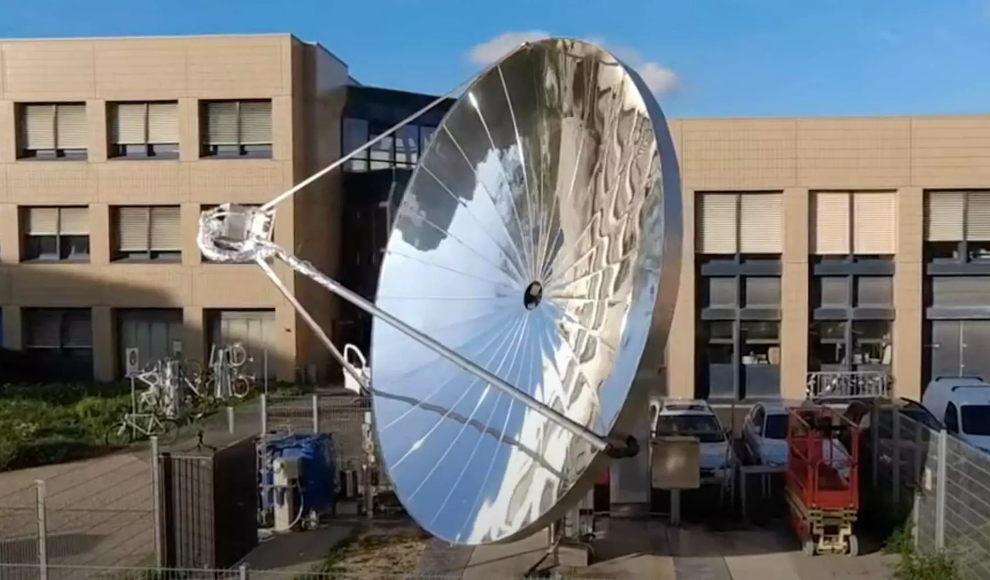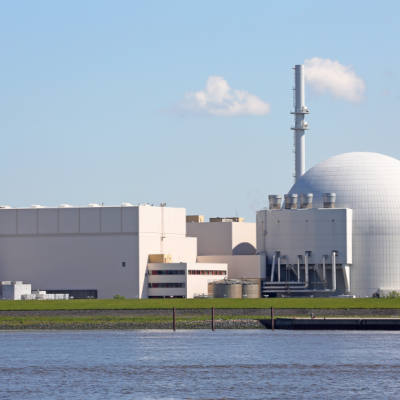A new system based on a parabolic mirror can produce hydrogen through artificial photosynthesis using solar power. Researchers at the Swiss Federal Institute of Technology in Lausanne (EPFL) have presented a system that produces hydrogen on a larger scale using artificial photosynthesis. The EPFL reactor is based on a parabolic mirror that captures the maximum amount of light and focuses it on a centrally positioned module. The parabolic structure concentrates the sunlight on a photoelectrochemical reactor with a 1000-fold concentration. Water is pumped into the reactor, and solar power is used to break down the molecules into hydrogen and oxygen. During this process, heat is generated, which can be redirected through a heat exchanger to heat indoor spaces.
During a 13-day test phase between August 2020 and February/March 2021, the reactor achieved an average efficiency of over 20% in converting solar energy into hydrogen and produced about 500 grams of hydrogen daily. The reactor was able to produce more than 3.2 kg of hydrogen and 679 kWh of thermal power, which could cover over half of the annual heat demand of a typical four-person household in Switzerland. The next step is to build a demonstration plant with a capacity of several hundred kilowatts in a metal processing factory. SoHHytec SA, a spin-off of EPFL, is collaborating with industrial partners to develop a large-scale plant that provides hydrogen for industrial applications, oxygen for nearby hospitals, and heat for the factory itself.
The EPFL reactor is a significant breakthrough in the production of hydrogen using solar power. The system’s efficiency and scalability make it a promising solution for meeting the growing demand for renewable energy. The researchers’ next step is to build a demonstration plant to test the system’s performance on a larger scale. The potential applications of this technology are vast, from providing clean energy for households to powering industrial processes. The EPFL reactor is a significant step towards a sustainable future, and its success could pave the way for more innovative solutions to our energy needs.










